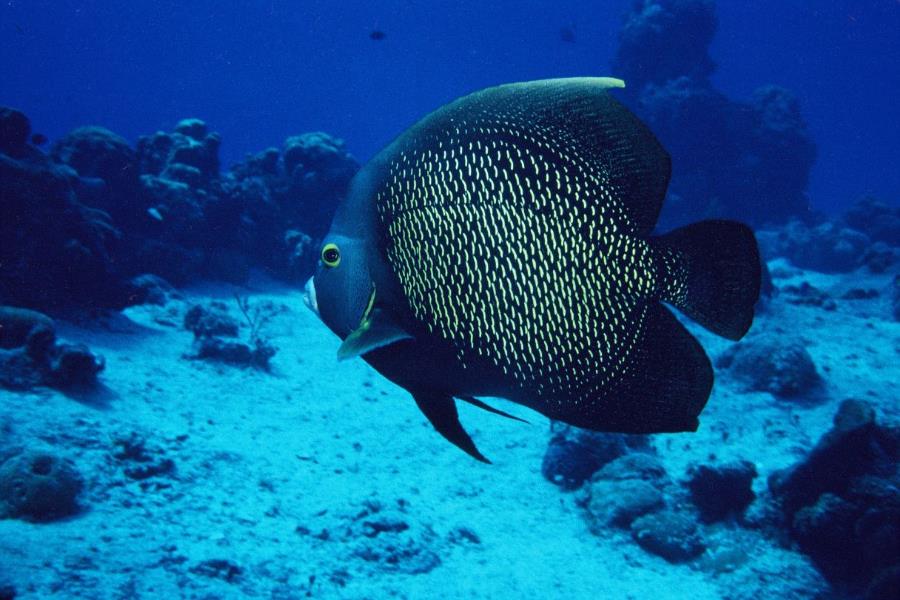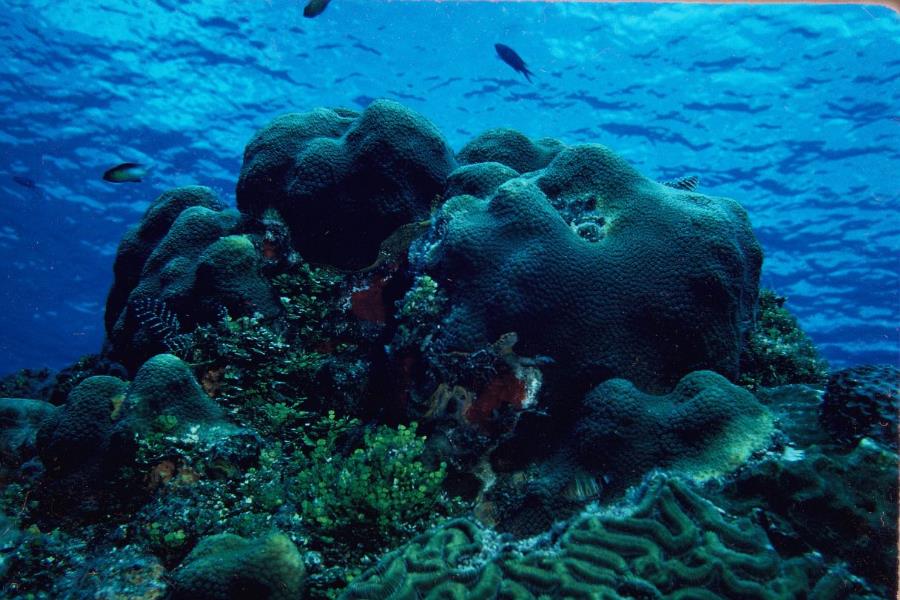REEF CHINCORRO is located in the Mexican Caribbean front of the coast of Mahaual in the state of Quintana Roo; it has four sandy zones emerged North Key, formed by two small bodies with a surface of 0,9 kilometers square; Key Center, the one of greater extension with 5,6 kilometers square and Key Wolves with 0,2, this last one located in the South end. One is 30 Kilometers of the continental coast separated. Its access is available by sea from Majahual and Xcalak.

The Yucatan Peninsula emerged during the Cenozoic era since 65 million years. Its landscaperises on the level of the sea and is not much more that a great bank of formed reefs constructed through the time by sobreposition of fragments of skeletons of corals, shells, snails . It has an elliptical form, it presents/displays a great arrecifal lagoon in his interior, that includes a sandy bank of 46 km of length oriented from the north to the south and 15 km of amplitude in East-West direction.the total surface is about 800 kilometers square. The bank is bordered by growth of coralline masses that are more active in the portion of windward.
The arrecifal lagoon is brief and has sandy beaches covered by extensivemarine grass, zones of seaweed and coralline areas .The North part of the lagoon only reaches two meters of depth, towards the center is increased untilthe four meters; the deepest zone is located to the south where the 10 meters are reached. The fauna and flora are characterized by the presence of great amount of species that include a biological phantom of forms, colors, unique habits of life, sizes and abundances between the marine ecosystems.
Here the marine type of ecosystem and biodiversity reaches its Maximum xpression. Particularly important they are North Key and Key Center to be zones of egg-laying of the turtles caguama, sea turtle and white. The species of crocodile that lives in the reserve is protected by law under the category of special protection. THEIR SETTLERS are not inhabited, onlytemporarily the fishermen of the cooperatives of Xcalak and Majahual, that dedicate to the capture of snail and lobster, being the species of greater commercial value. These activities are complemented by the grudge fishing. Recently the nautical-recreational activities of tourism have been increased, particularly the independent diving, being the fishermen those that in some cases serve. The Reserve of the Biosphere Bank Small boat was decreed the 19 of 1996 July, with a surface 144 360 hectares.
